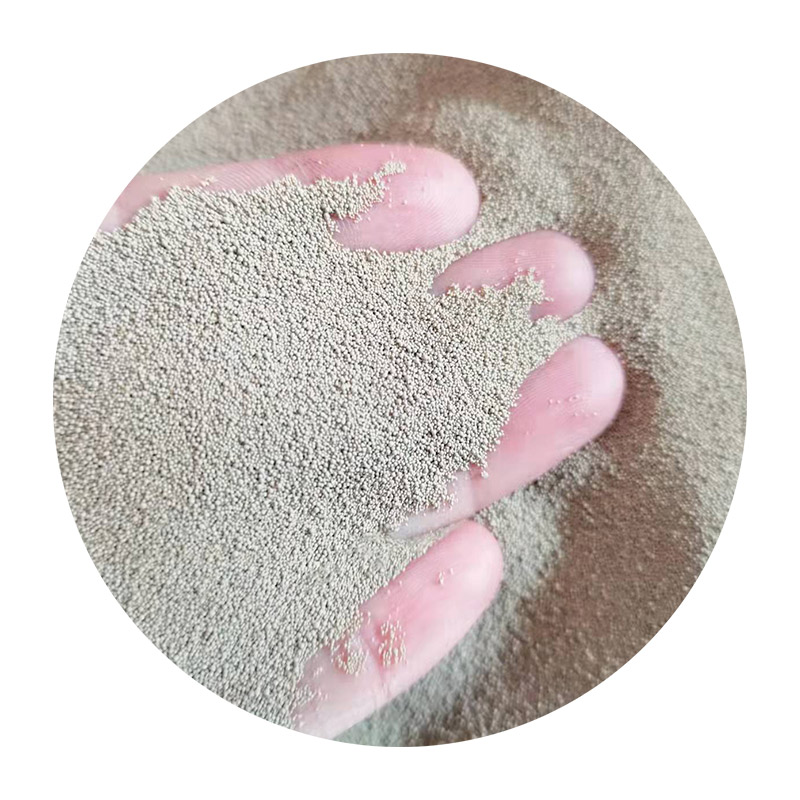Understanding Wet Sanding Resin A Comprehensive Guide
Wet sanding is an essential technique in the finishing process of resin projects, particularly for those who aim for a high-gloss finish. Whether you are working with epoxy resin, polyester, or any other type of resin, understanding the wet sanding process can significantly enhance the quality of your final product. In this article, we will explore what wet sanding is, why it is used, and how to effectively carry it out.
What is Wet Sanding?
Wet sanding is a process that involves using water as a lubricant while sanding the surface of a material, in this case, resin. This technique helps in achieving a smoother finish with less dust and reduces the risk of scratching the surface. The water serves multiple purposes it cools the sandpaper, washes away debris, and prevents particles from clogging the sandpaper, allowing it to work more effectively.
Why Use Wet Sanding on Resin?
The primary reason to use wet sanding techniques on resin is to achieve a flawless, mirror-like finish. When working with resin, especially clear epoxy, any imperfections such as bumps, scratches, or uneven areas can detract from its aesthetic appeal. Wet sanding helps to smooth out these irregularities, and when done correctly, it can yield a highly polished surface. Furthermore, wet sanding is much less messy compared to dry sanding, making it easier to clean up afterward.
Step-by-Step Guide to Wet Sanding Resin
wet sanding resin

1. Preparation Before you begin, ensure your resin piece is fully cured. Depending on the type of resin used, curing can take anywhere from a few hours to several days. Once cured, gather your materials wet/dry sandpaper in various grits (typically from 400 to 2000 grit), a spray bottle filled with water, and a clean cloth.
2. Initial Sanding Start with a lower grit sandpaper, such as 400. Keeping the surface wet, gently sand the resin using circular motions. Don’t apply too much pressure; let the sandpaper do the work. The goal here is to remove any noticeable imperfections while keeping the surface moist.
3. Gradual Grit Increase After the initial sanding, wipe the surface clean, and switch to a higher grit sandpaper, such as 800 or 1000. Again, keep the surface wet and sand using circular or parallel motions. Rinse the sandpaper as needed to prevent clogging.
4. Polishing After reaching a smooth finish with 1500 to 2000 grit sandpaper, it’s time to polish. You can use a polishing compound and a buffing pad or a soft cloth to enhance the gloss of the resin. Apply the compound and buff gently until you achieve the desired shine.
5. Final Touches Finish by cleaning the surface with a non-abrasive cleaner to remove any residue, ensuring your resin piece is perfectly polished and ready for display.
Conclusion
Wet sanding is a vital skill for anyone working with resin. By following the steps outlined in this article, you can master the technique and significantly improve the appearance of your resin projects. With patience and practice, wet sanding will help you achieve the high-quality finishes that elevate your work and impress your audience. Whether you are a hobbyist or a professional, this technique will undoubtedly become a fundamental part of your resin crafting toolkit. Happy sanding!
Post time:វិច្ឆិកា . 15, 2024 06:22
Next:Szlifowanie odcisku 3D
